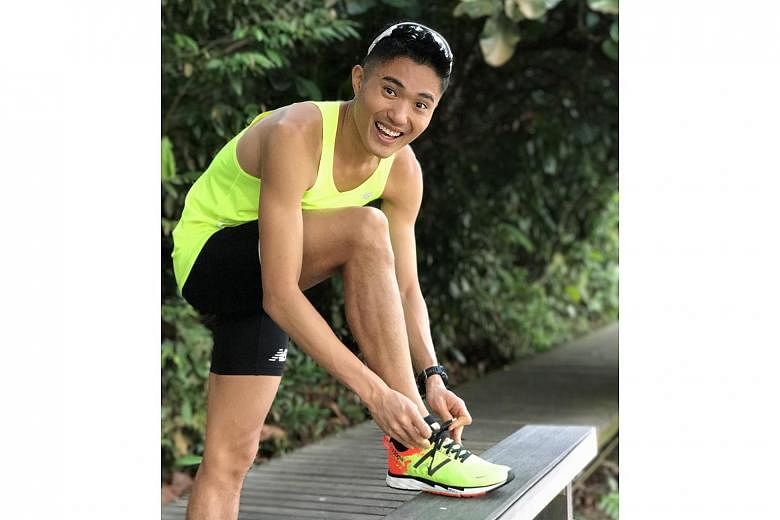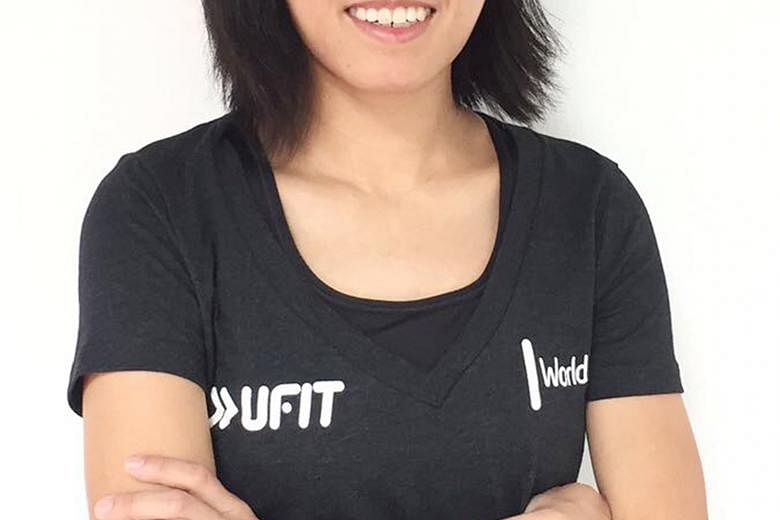All a runner needs is a good pair of shoes. But with myriad shoes out there and myriad factors to consider, it is not an easy choice.
Well-meaning friends give advice based on their preference and experience, but one man's meat is another man's poison. Since everyone has a slightly different foot structure - and not to mention the exorbitant cost of shoes these days - it is key that you choose the most appropriate shoe for your feet.
Here are four essential factors you may wish to consider.
WIDTH
When you stand in a neutral position with toes spread apart, your foot should fit squarely within the footbed of the shoe. If your toes feel cramped against the sides of the shoe, the shoe is too tight.
Certain brands such as New Balance and Asics make wider sizes, known as 2E (wide) and 4E (extra wide), which will provide you with a roomier toe box for extra comfort.
LENGTH
Feet can swell after a run or at the end of the day, so you might want to go shopping in the evening to maximise the chances of getting it right.
The general rule of thumb (literally) is that there should also be a thumb's width between your longest toe and the tip of the shoe. When you run, sweat may cause your foot to move more than usual in the shoe. Having that little space prevents any unnecessary abrasions.
FLEXIBILITY
The shoe should bend along the same line as your big toe when it bends at the ball of your foot. In other words, the bending point of the shoe should be close to that of your foot.
You can determine the bending point of the shoe by holding on to the heel and pressing the front part onto the ground. If that point is too far forward or back from that of your foot, this may cause you pain along the arch or at the big toe.
A lack of flexibility in the shoe may also lead to increased tightness in the calf muscles when running, as the foot is unable to move freely.
Having said that, a shoe which is too flexible may also cause a strain on the muscles and ligaments in the foot due to repeated over-stretching.
COMFORT
Current research findings are moving towards the notion that as long as a shoe feels good when worn, it should work. For most people, this is identified as the subjective feel of having support under the arch.
Some sports stores allow you to test out shoes on a treadmill.
Test run first, preferably with your own socks. If your arch starts to feel tight and sore after a short while, it probably means that the shoe is providing too much support.
Instead, change to a shoe with less stability and more cushioning, and try again.
The key is to find a pair that simply allows your feet to feel comfortable while running. Ultimately, the correct one should complement your natural stride, instead of changing it.
If you are suffering from a preexisting injury from running or even if you would just like to improve your efficiency, this is where physiotherapy may be helpful.
A trained physiotherapist can assess your gait and check for any strength imbalances which may be a root cause. With the appropriate treatment and rehabilitation programme, you will then be equipped with the skills and knowledge to optimise your gait and, of course, to choose the correct footwear.
Choosing your shoes, though, is only the prologue. Your running journey only really begins when you put your foot outside the door.
- Mok Ying Rong is a physiotherapist at UFIT Singapore and holds the women's half-marathon national record of 1hr 23min 14sec.



